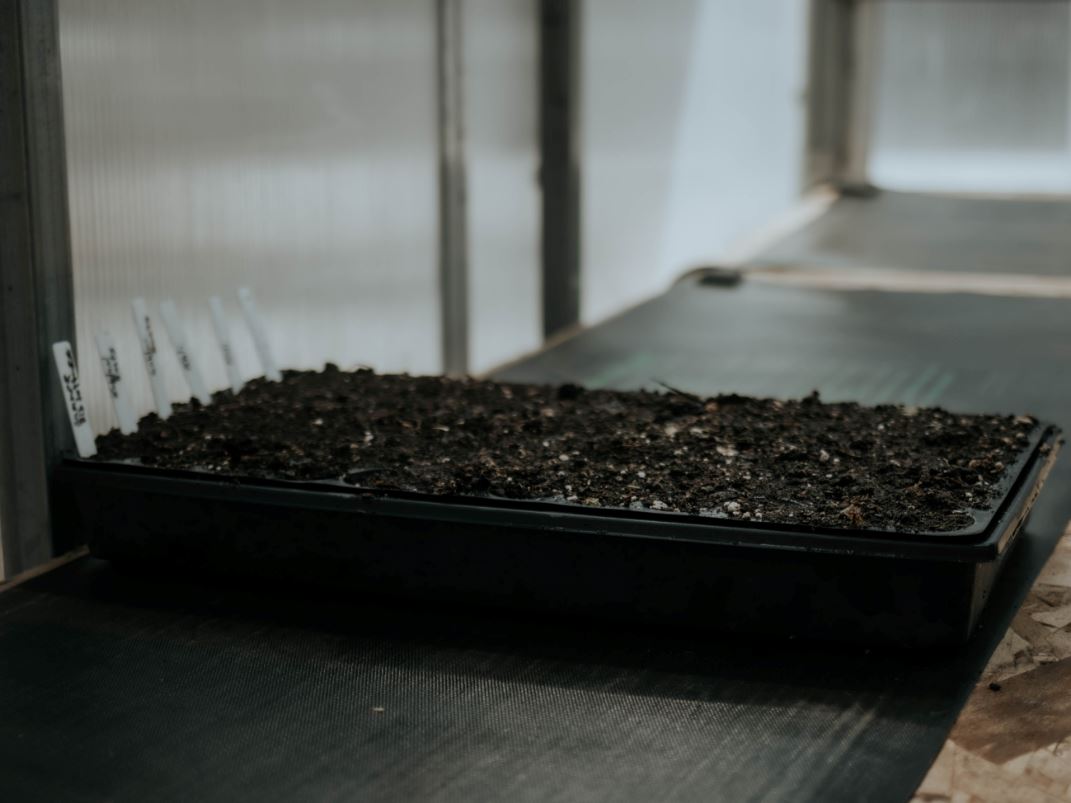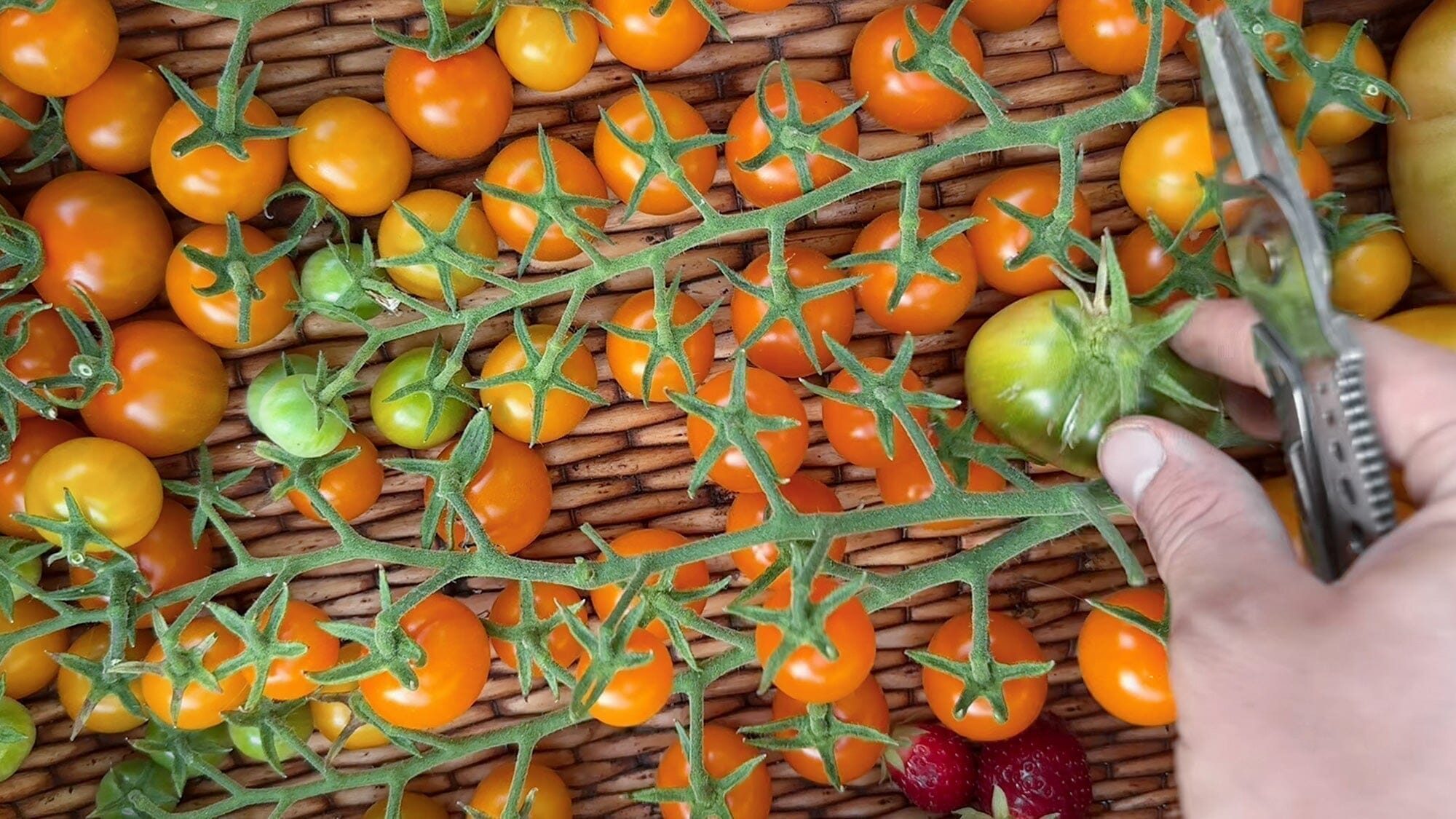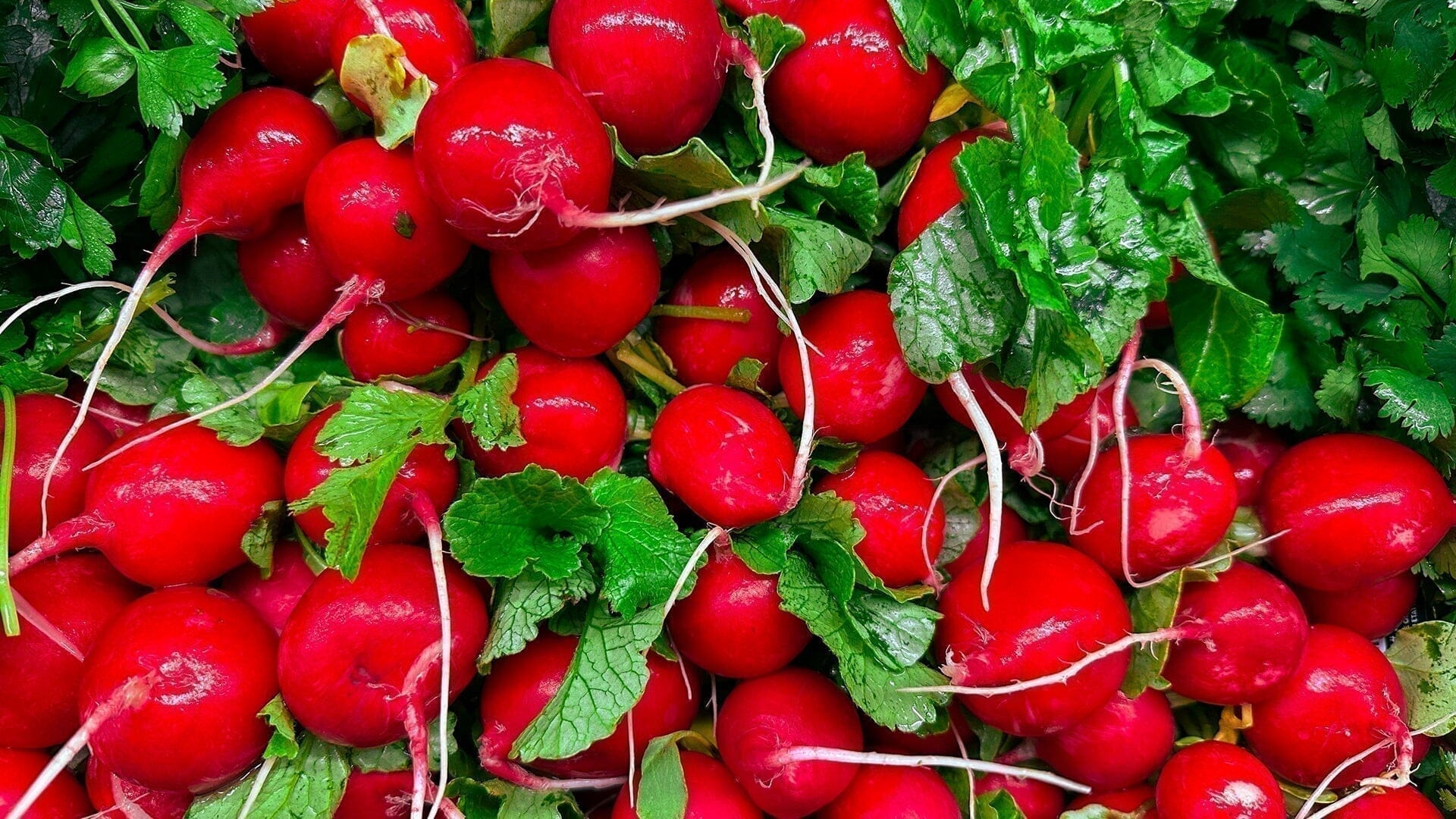By Brianne Dela Cruz


10 Steps to Start Seeds Indoors For Spring
Time your seed starting according to your hardiness zone
Before sowing seeds, it’s important to time your sowing date with your climate based on your hardiness zone. Determine your plant hardiness zone by visiting https://planthardiness.ars.usda.gov/ and entering your zip code. Knowing the local zone will help you determine how early or late you should start each type of seed and when it’s safe to transplant outside. Then, read each seed packet to know the best timing for planting that seed variety. Most seed packets indicate the best time to start them indoors and when to transplant them outside.
Gather your seed starting supplies
To get started, you’ll need small pots with drainage holes and a tray to hold the pots plus the excess water. You’ll also need a plastic lid cover to place over the top of the tray in order to maintain a humid environment for seeds to germinate. You’ll need seed-starting potting soil, seeds, some slow-release fertilizer, and a heating mat to place under the tray. Lastly, you’ll need an LED plant growing light, and a tag to mark what seeds are sown. Gardening tools such as a scoop and a triangle hoe also come in handy.
Seed Starting Supply List


Mix the seed starting potting soil with fertilizer and water
This is an important step that impacts how well the seeds germinate in pots. If you’re directly sowing seeds into the ground (which is mandatory for root vegetables, like radish and carrots), then you can skip this step. Simply water the soil after sowing the seeds directly into the bed.
For starting seeds in trays
Begin by measuring fertilizer for the amount of soil you’ll add to the trays. Mix the dry fertilizer with the soil using a cultivator. Then, pour water into the soil in small increments, mix it, and repeat. You want the consistency of the soil to be damp enough to squeeze into a ball without being soggy. Note: It’s hard to get the right level of moisture throughout the soil if this step is skipped.
Fill the seed starting trays with soil
Once the soil is evenly damp, scoop the fluffy and wet potting mix into the pots or tray plugs. Ensure that the entire portion of the pots are filled with soil, then scrape off the excess with the triangle hoe.
Poke holes for the seeds
Using the tip of your finger, make a small indentation about ¼ - ½ inch deep for the seed hole. Read the seed packet to determine what the preferred seed depth is. Some seeds need to be near (or on top of) the surface of the soil for successful germination.
Drop seeds into the hole, then cover with soil
Gently press down on the soil so that the seed is making firm contact. (This is a small trick that helps the seed “latch on” to the soil. It often yields better germination results.) When starting seeds directly in the earth, tamping down the soil after sowing can easily be accomplished using the flat side of a rake. Record on plant markers what seeds were sown so you can easily remember the variety as the plant grows.
Cover trays with a lid to keep in moisture
Unless you are growing in a temperature and humidity-controlled greenhouse, you’ll need a clear plastic lid to cover the tray. The tray helps retain soil moisture and ambient humidity while the seed germinates. If the soil around the seed dries out at all, the seed won't germinate.
Place trays on a heating mat under grow lights
A heating mat is another small trick that most successful gardeners use. The gentle heat emitted from the mat keeps the soil warm even if the room temperature is chilled. The warm temperature increases germination results and helps the roots of seedlings grow strong.
Placing the tray under timed LED grow lights is also very important, especially once the first few leaves are forming. Seedlings need about 12 hours of direct warm sunlight to grow. That amount of sunlight is impossible to get indoors no matter where you live or what direction your windows face. Grow lights can be essential for growing strong and healthy seedlings. It’s important to note that some plant varieties need a period of darkness while the seeds unfold, while others need sunlight immediately after sowing to inspire germination. Typically, seed packets will say if that particular variety needs a dark period during germination.
Mist the soil during the germination phase
During the germination phase, when the seed is unfolding, water it every day by misting the surface of the soil with a misting hose attachment or a strong spray bottle. You’ll want to saturate the surface of the soil. Add the lid on top afterward to trap humidity to mitigate dry soil. This phase can last anywhere from 2-3 days to 1 ½ weeks.
When the first true leaves form, remove the lid and water from the bottom
Germinated seedlings will first grow two tiny leaves from a spindly stem. Then it will form another set of two leaves that take the shape of what the leaves will look like in adulthood. These are known as the true leaves. Once the plant has formed its true leaves, permanently remove the lid and begin watering the soil from the bottom of the pot. Pour the water into the solid catch tray. Watering from the bottom draws the root system downward (which makes it stronger) and simultaneously reduces the chances of mold and bacterial infections occurring on the leaves. Water just enough at the same time every day so that soil is consistently moist, never soggy.
Before transplanting the seedlings, you’ll need to harden them off. It’s a simple process of gradually exposing your young and tender plants to harsher outdoor conditions. Over a week, set them outside for a few hours each day, incrementally increasing the length of time until they can withstand one whole day. Start by placing them in the shade, then indirect sun, then finally direct sun. Getting exposed incrementally to wind, outside temperatures, and the sun will help them be strong enough to survive spring transplanting.
ABOUT
Brianne Dela Cruz is a master gardener, wild forager, campfire foodie, and acclaimed writer and photographer. From her home in Salt Lake City, she teaches online gardening and foraging courses for modern folks and budding naturalists as well as hosts seasonal community gatherings. Brianne's blog and online school, Gather & Grow, is a community of folks exploring the intersection between nature and personal growth by discovering ways to slow down and nourish themselves with nature.





